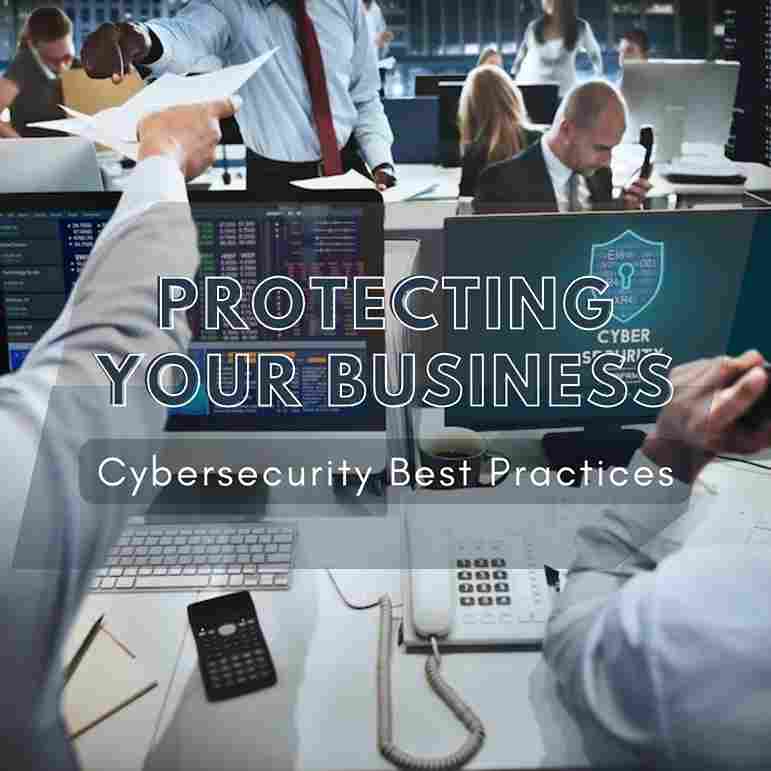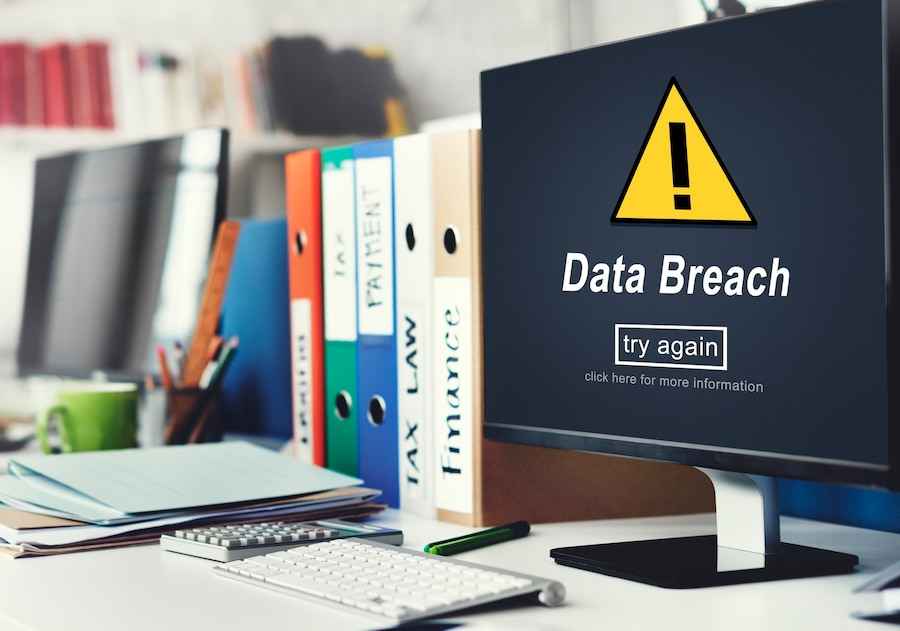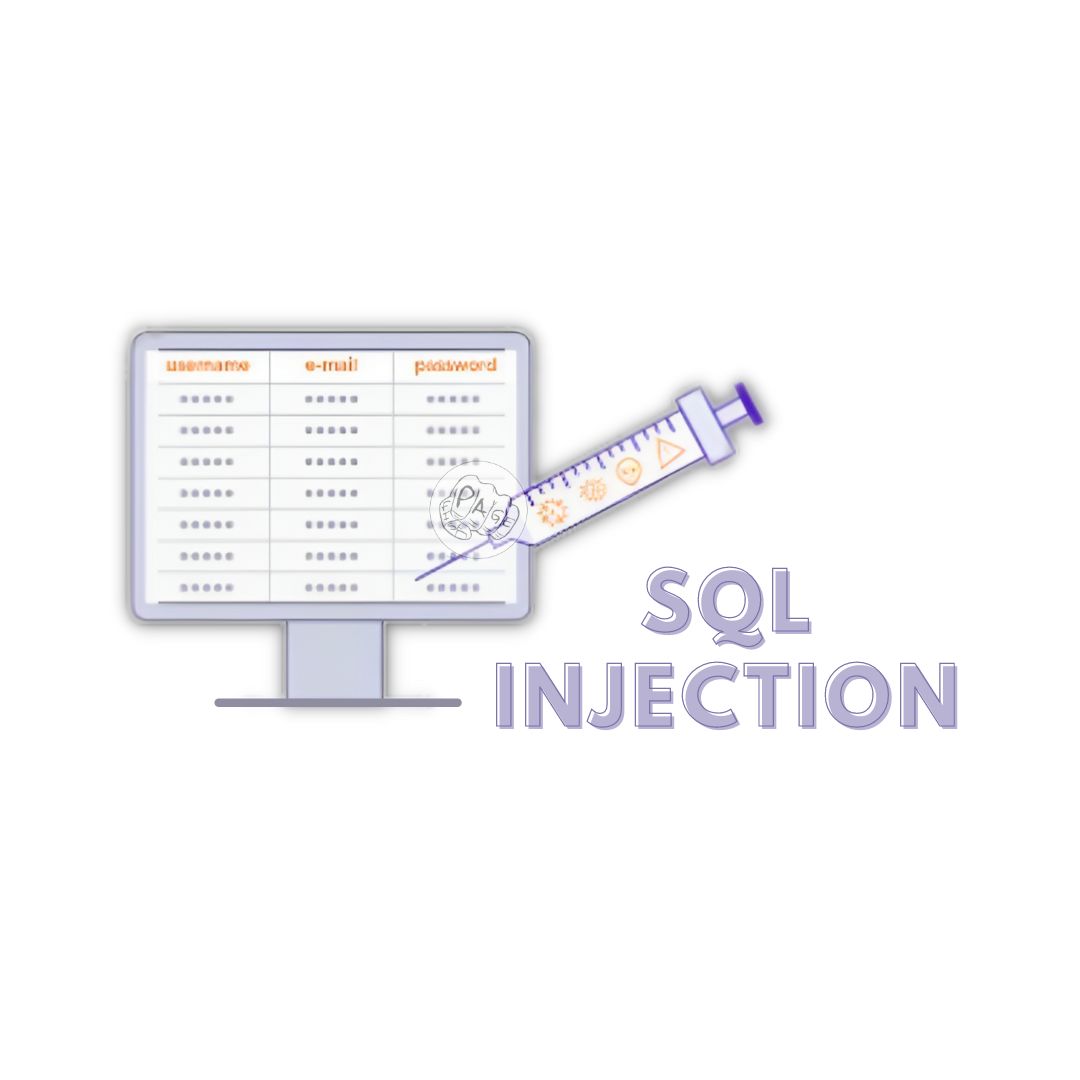Protecting Your Business: Cybersecurity Best Practices
Learn essential cybersecurity best practices to safeguard your business from phishing, ransomware, and other cyber threats. Empower your team, secure your data, and stay vigilant!
Introduction
In today's hyperconnected world, where businesses rely heavily on digital technology, safeguarding your enterprise against cyber threats has become paramount. The ever-evolving landscape of cyber threats poses a constant challenge to businesses of all sizes. From data breaches to ransomware attacks, the potential risks are enough to keep any business owner awake at night! But fret not; this article is here to provide you with a comprehensive guide on Protecting Your Business: Cybersecurity Best Practices.
So, grab your virtual shields and digital armor because we're about to embark on a thrilling journey through the labyrinth of cybersecurity!
The Cyber Threat Landscape: What Are We Up Against?
Before diving into the nitty-gritty of cybersecurity best practices, it's crucial to understand the adversaries we're dealing with. Cybercriminals are a cunning bunch, always on the prowl for vulnerabilities to exploit. Here are some of the threats your business could face:
-
Phishing Attacks: Cybercriminals impersonate legitimate entities to deceive employees into divulging sensitive information.
-
Ransomware: Malicious software encrypts your data, holding it hostage until you pay a ransom.
-
Malware: Infected software or links can infiltrate your system, wreaking havoc from within.
-
Insider Threats: Sometimes, the enemy lurks within. Employees or contractors with malicious intent can compromise your security.
-
Zero-Day Exploits: Attackers target unpatched software vulnerabilities before developers can fix them.
Cybersecurity Best Practices: Fortify Your Defenses
Now that you know what's lurking in the digital shadows, let's explore some practical strategies for Protecting Your Business: Cybersecurity Best Practices. It's time to armor up!
1. Educate Your Team
The Human Firewall:
Your employees are the first line of defense against cyber threats. They're the human firewalls that can make or break your cybersecurity efforts. Here's how to empower them:
- Conduct regular cybersecurity training sessions.
- Teach them how to recognize phishing attempts.
- Encourage strong password practices and two-factor authentication.
Why It Matters:
An educated team is less likely to fall victim to cyber-attacks. When your employees know the ropes, they can spot red flags and thwart malicious attempts before they escalate.
2. Keep Software Updated
Patch, Patch, Patch:
Outdated software is like an open invitation to cybercriminals. Always ensure that your operating systems, applications, and antivirus software are up to date.
The Power of Updates:
- Fixes security vulnerabilities.
- Enhances software performance.
- Incorporates new security features.
Don't Delay, Update Today!
3. Implement Access Controls
Lock It Down:
Not everyone in your organization needs access to everything. Implement strict access controls based on the principle of least privilege (PoLP).
The Perks of Access Control:
- Minimizes the risk of unauthorized access.
- Limits potential damage in case of a breach.
- Ensures data confidentiality.
FAQ: How Do I Set Up Access Controls?
- Identify roles and responsibilities within your organization.
- Assign permissions based on job requirements.
- Regularly review and adjust access levels as needed.
4. Backup Your Data
Trust No One:
Data loss can be catastrophic for your business. Regularly back up your critical data and systems to secure, offsite locations.
Why Backup Is Essential:
- Protects against data corruption and ransomware attacks.
- Ensures business continuity in case of disasters.
- Provides peace of mind.
Pro Tip: Automated Backup
Set up automated backup solutions to ensure your data is continuously safeguarded without manual intervention.
5. Encrypt Your Data
Lock and Key:
Encryption scrambles your data into an unreadable format, rendering it useless to unauthorized users.
Benefits of Encryption:
- Keeps sensitive data safe, even if it's intercepted.
- Ensures compliance with data protection regulations.
- Boosts customer trust.
FAQ: How Do I Encrypt My Data?
- Use encryption tools or software.
- Encrypt data before storing or transmitting it.
- Consider end-to-end encryption for communication channels.
6. Monitor and Detect
Keep a Watchful Eye:
Implement continuous monitoring and detection systems to spot unusual activities or potential threats in real time.
Why It's Crucial:
- Early detection can prevent a minor issue from turning into a major breach.
- Provides insights into potential vulnerabilities.
- Helps in swift response and damage control.
Alerts, Analytics, Action!
Set up alerts and analyze patterns to take prompt action when something seems amiss.
7. Incident Response Plan
Ready for Battle:
Prepare for the worst-case scenario by creating a robust incident response plan.
Key Components:
- Identify a dedicated incident response team.
- Document incident detection and escalation procedures.
- Establish a communication plan for stakeholders.
FAQ: What's in an Incident Response Plan?
- Protocols for identifying and reporting incidents.
- Steps to contain and mitigate the impact.
- Post-incident analysis and lessons learned.
8. Collaborate and Share Threat Intelligence
Strength in Numbers:
Cybersecurity is a collective effort. Share threat intelligence with other businesses and organizations.
Why Collaborate?
- Expands your knowledge of evolving threats.
- Allows for proactive defense strategies.
- Strengthens the overall cybersecurity community.
FAQ: How Can I Share Threat Intelligence?
- Join industry-specific information-sharing groups.
- Collaborate with cybersecurity vendors.
- Contribute to and access threat databases.
Conclusion
In the digital age, Protecting Your Business: Cybersecurity Best Practices is not an option; it's a necessity. Cyber threats are ever-present and constantly evolving, but with the right strategies in place, you can fortify your defenses
Share This Post
Related Articles
What is Data Breach in Cyber Security?
A data breach is an unauthorized access or disclosure of sensitive or confidential information by an attacker or an insider. Data breaches can compromise the security and privacy of individuals, organizations, or governments. Data breaches can have serious consequences, such as financial losses, reputational damage, legal liabilities, or regulatory penalties. Data breaches can occur due to various reasons, such as hacking, phishing, malware, human error, or system vulnerabilities.
Guide to Deal With Fake Social Media Profiles
Elevate your online safety with our comprehensive guide on dealing with fake social media profiles. Learn expert strategies to recognize and report deceptive accounts, ensuring a secure digital presence. Stay ahead in the digital realm with our essential insights.
Unleashing Guardians: The Rising Significance of Ethical Hacking and Bug Bounty Programs
Explore the pivotal role of ethical hacking and bug bounty programs in the realm of cybersecurity. Discover how these initiatives are transforming the way organizations identify vulnerabilities, prevent data breaches, and foster collaboration with security researchers. Learn about the benefits for both organizations and ethical hackers, and gain insights into the dynamic landscape of proactive digital defense. Join us as we delve into the world of ethical hacking, uncovering its significance in safeguarding our interconnected digital future.
What's the Difference Between Cyber Security and Information Security?
Explore the intriguing realm of digital guardians! Discover the key disparities between cyber security and information security in this insightful article.
SQL Injection for Beginners: Understanding the Basics
Learn the fundamentals of SQL injection and how to protect your web applications from this common cybersecurity threat.
Related FAQ
No related FAQ.
Say Hello
To Your Dream





